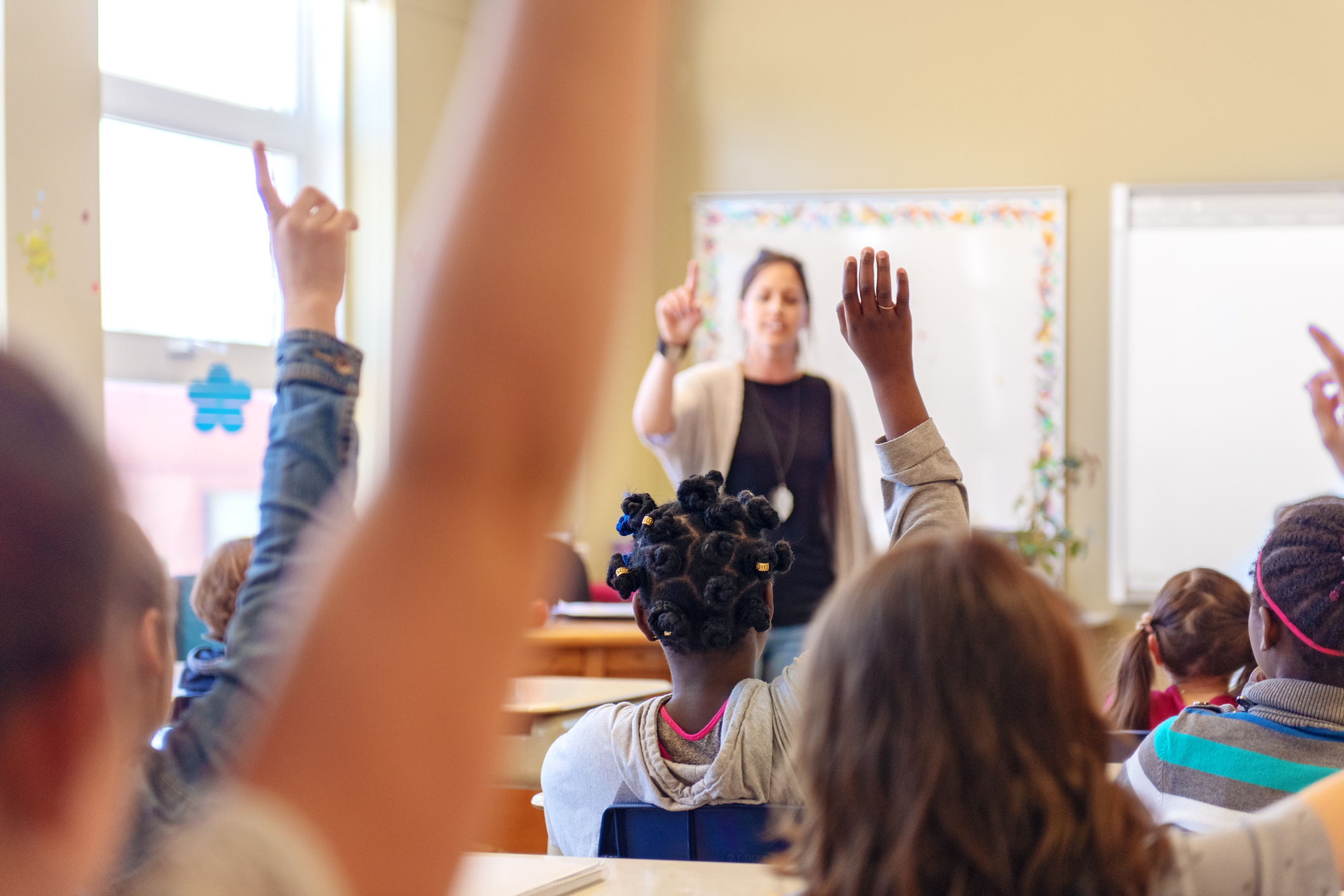In our last Emerging Issues newsletter, we took a look at the latest data on the learning loss that voters believe has occurred due to the disruptions caused by the pandemic. As we noted, voters clearly believe schools will be facing some level of unfinished learning when students return to the classrooms. Schools will soon need to identify ways to effectively measure and address that unfinished learning, to help those students no longer on grade level get back on track.
But what do we mean when we say grade level? Where do voters generally think students are on their academic trajectories in terms of their ability to do grade-level work, and where do voters think they should be? To begin to answer these questions, on the latest survey for Winning the Issues (April 7-11), we asked voters what percentage of fourth grade students they thought were proficient in reading at the fourth grade level. We then asked them to say what percentage of students they thought should be proficient. For reference, as measured by NAEP, 35% of fourth graders were considered at or above proficient in 2019, the latest year for which data is available.
Overall, voters estimated that just shy of one in two fourth graders (49%) were proficient in reading at the fourth grade level. However, this was well below the share that they thought should be proficient: 74%, a difference of 25 percentage points.

Across the board, voters always thought more students should be proficient than they thought actually were proficient. Relative to the NAEP data, they consistently overestimated the share proficient. Yet despite this overestimation, and setting aside certain demographic variations in the percentages they gave for each question, there was consistently a double digit margin between the share they thought was proficient and the share they thought should be proficient.
That voters’ “should be proficient” number was higher than the share of students they thought were proficient suggests an element of frustration with the school system in terms of its ability to prepare students for grade-level work, a frustration that cuts across the electorate. This will present a challenge to schools as they begin to address the challenge of unfinished learning.







